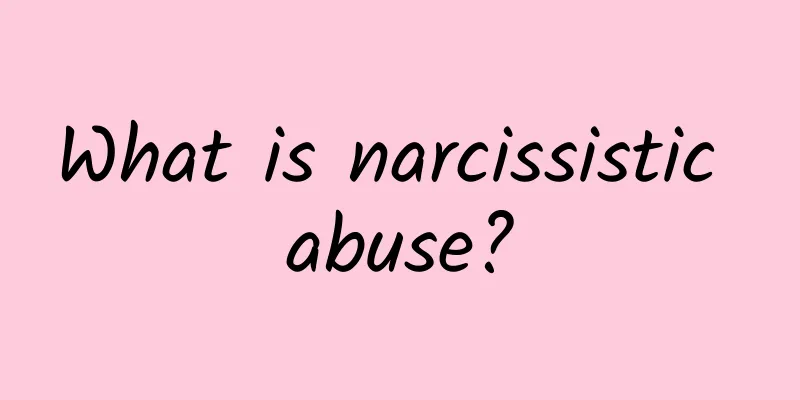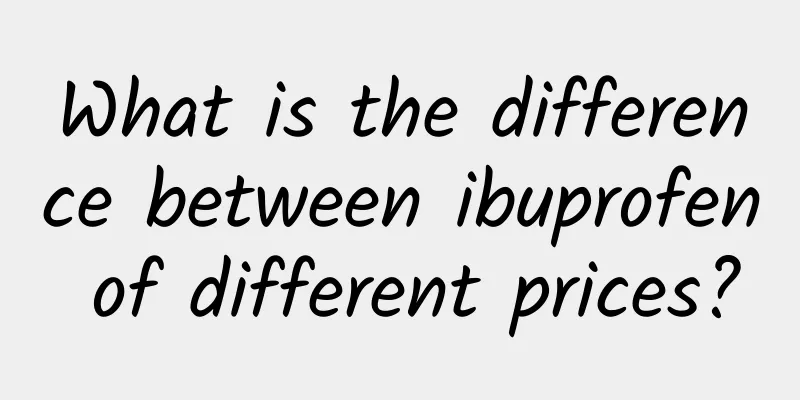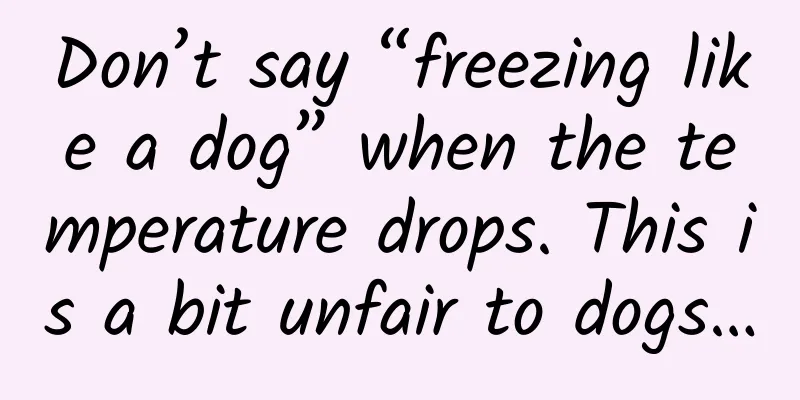What is narcissistic abuse?

|
© Good Therapy Leviathan Press: Today's article reminds me of Tom McCarthy's 2015 film Spotlight, which follows a series of reports by the Boston Globe's Spotlight column about multiple priests sexually abusing children. It eventually listed 87 priests suspected of sexual abuse (only in the Boston area). They even published a list of 271 clergy who were prosecuted in the Boston area. In this incident, many members of the public were skeptical at first: How could so many priests be involved in sexual abuse? If true, this is a systematic collapse of faith. In the general public's perception, clergy, especially priests, are naturally associated with words such as sacredness and solemnity, which makes people usually react with shock and suspicion when faced with such scandals. Furthermore, some people think that this is malicious slander against clergy and a rumor-mongering. This is actually a confirmation bias. In 1956, American psychologist Leon Festinger learned that there were many people who firmly believed in the predictions of aliens that the world would be destroyed by a devastating flood. To this end, he began an empirical study to explore how these believers would react when they learned that the prophecy would inevitably fail to come true. Festinger discovered a surprising phenomenon—that rather than abandoning their unfounded predictions, steadfast believers doubled down on convincing others of their doomsday predictions—which inspired Festinger to develop what we now know as cognitive dissonance theory. (www.sciencedirect.com/topics/social-sciences/cognitive-dissonance-theory) Essentially, cognitive dissonance theory states that when cognitive inconsistency causes psychological distress, it is possible to reduce the discomfort simply by blocking out the factors that are causing the cognitive conflict. One effective (but harmful) strategy for regaining inner peace is to limit the intake of new information or to discard thoughts that conflict with existing beliefs. We tend to resist something if it confuses us and threatens our existing worldview, so when a disturbing contradiction arises, we turn a blind eye to it, avoiding the distress we feel, and instead choose an attitude or belief that reduces anxiety and brings us a sense of inner stability. © The Dr. Oz Show For example, one of my patients with psychological problems had severe complex trauma and dissociative amnesia caused by a pedophile who was a well-respected coach and educator in an affluent area during his formative years. Years after the patient was persecuted, the FBI arrested the pedophile in a sting operation. Despite overwhelming evidence, public opinion sided with him, saying he was a good person and a philanthropist to prove his innocence. Ironically, even one of his adopted children came forward to accuse him, but even so, some people still slandered him, saying that the child was emotionally unstable and his testimony was unreliable. People tend to avoid disturbing details. For example, in the above case, people refused to believe that there was evil in human nature, which shows that the human ego can make people ignore the hard evidence, filter and re-narrate the distressing information, and maintain inner harmony. Similarly, similar defences have been used when clergy have been accused of sexual abuse and the Catholic Church has tried to cover up crimes. So it is often more important to ensure that we can believe in a just, safe and secure world than to recognise that evil often lurks beneath the surface of virtue. When evil shakes our fundamental trust in the order and structure of the world, driven by our instinct for self-preservation, we deny its existence and invent a reality that provides a sense of security and predictability. This tendency, known as confirmation bias, explains why victims of abuse may become emotionally attached to their abusers, display slavish deference, and avoid reality in order to cope with the risk of psychological collapse. It also suggests why victims of narcissistic abuse are often not believed. Often, people are more willing to make excuses for themselves than consciously acknowledge the evil motives of others or even ourselves. Although victims of narcissistic abuse may initially question whether they are being abused, they will then have a fierce struggle with admitting that the abuser is morally corrupt. After all, we want to believe that both parties have a shared moral responsibility to work together responsibly to resolve issues, especially when the other party is an important person. Typically, narcissistic abusers exploit this tendency by denying responsibility and suggesting that the victim is imagining it, that it stems from hurts in previous relationships, or that it is simply physical insecurity and instability. Narcissistic abuse can go even further, with techniques such as gaslighting, pathological lying, and love bombing. © Pappalardo & Pappalardo LLP It is undeniable that the responsibility for any so-called "misunderstanding" will be borne by the victim. At a certain point, the abuser will be "empowered" to stop the victim's suffering by absolving them of endless wrongdoings. In order to survive, the victim will continue to ignore difficult facts and even justify them. Through repeated preaching and mind control, this unwavering loyalty is bound to be maintained. In general, victims are driven by a need to believe that people are good, despite being treated extremely badly. The overly idealistic narrative that everyone has a light and moral compass that can resolve problems amicably makes victims further exploited and manipulated. Others do not believe that the abuser would intentionally commit violence, which further exacerbates this distorted relationship trajectory. The key to healing for victims of narcissistic abuse is recognizing that their pain is real and valid. However, due to inherent biases, willful blindness, the prevalence of developmental attachment injuries, and the complex nature of narcissistic abuse, coupled with the narcissist's ability to disguise himself as a normal person and deceive others with his personal charm, it is difficult for victims to believe the extent of the damage they have experienced. Worse still, doctors who are supposed to think critically and recognize the dangers posed by those with abusive tendencies often become unwitting accomplices of the narcissist, especially when the narcissist is a mother, a world leader, a CEO, a celebrity, a highly acclaimed altruist, or a pastor. Positions of authority further obscure the malevolent motives of these people, who are what psychiatrist Hervey Cleckley called neuropsychiatric patients. (www.ncbi.nlm.nih.gov/pmc/articles/PMC4321752/#idm139913746240448title) © Evening Standard Furthermore, long-term abuse and exploitation by a malignant narcissist can lead to acute or complex PTSD (post-traumatic stress disorder), and in the worst cases even DID (dissociative identity disorder). Because these victims are emotionally, psychologically, physically, financially, and interpersonally devastated, it is easy to dismissively label them as mentally ill when they display pain and symptoms. Ironically, victims of narcissistic abuse are often framed as instigators of the problem, or even perpetrators. This unfortunate chain of events can lead to Cassandra Syndrome, a state of madness caused by the truth being mistaken for a lie. Indeed, the endless, carefully planned secret abuse is bad enough, but what is even more painful is that when the tortured victim is desperate to escape the nightmarish predicament, his peers, family members and psychologists cannot understand his situation. The contradictions of cognitive dissonance, Stockholm Syndrome, and stigma all make victims brainwashed by the narcissistic abuser's ideas that there is something wrong with them, so they actively try to please the abuser and those they think will support them. Catering to the abuser's point of view actually alleviates the unbearable pain caused by confusion, danger, helplessness, and malicious harm. According to Dr. Saul McLeod, there are “three ways to deal with cognitive dissonance: 1) Change your existing beliefs. 2) Accept new beliefs. 3) Reduce the importance of your beliefs.” In dealing with narcissistic abuse, this means resisting over-identification and avoiding simplistic binary distinctions between good and evil. People who want to recover must broaden their thinking to recognize that people have lower-level impulses and depraved tendencies. This means convincing a person that there is evil in human nature. For those survivors who have stood up again, they no longer believe that "human nature is good", but have a more comprehensive understanding of the complexity of morality. © Waukesha criminal defense attorney For those who once believed that everyone has the ability to reform, they now believe that people are also capable of unforgivable malice. We are not born pure and flawless. We are not all born into this world with moral foundations such as altruism and empathy. In fact, there is evidence that malignant narcissism and psychopathy are the result of an interaction between genes and environment, leading people to violence, aggression, and low empathy. Naturally, whether a narcissist is good or bad depends on the environment he or she is in. (www.crimetraveller.org/2017/09/investigating-psychopathic-brain-pathways-to-violence/) Having a clear understanding of the evil in human nature can protect you from being harmed by narcissists, but it is not a popular and pleasant view. People with such a view will calmly evaluate the character of the other party in every relationship and calculate the pros and cons. When conflicting and confusing information comes one after another, he can judge whether it is a deliberate lie. Confronting incongruous cognitions rather than alleviating pain by abandoning critical thinking or conforming to popular opinion is a brave but difficult choice that gives survivors the ability to exercise self-restraint, self-protection, and intentional expression of resistance. © Safeguarding Association Survivors and survivors of narcissistic abuse begin to recognize that their innate pleasing and obedient personality can corrupt moral judgment. They know how difficult it is to challenge mainstream society's unthinking, black-and-white narrative of "respectability." However, the most important thing to overcome narcissistic abuse and clear the fog is to uncover the evil of human nature and consciously recognize all possible corruption and inhumanity. Sadly, our refusal to acknowledge and understand the dark side of human nature is a self-righteous insistence. As a result, ignorance becomes complicity, allowing the evil that is hidden under the guise of innocence and kindness to emerge and proliferate. The end result is that victims of narcissistic abuse are often blamed for their own plight. As physicians who treat victims of traumatic abuse, we have a moral responsibility to fully present human consciousness. In order to help and be a reliable support for victims who hope to recover from the aftereffects of systemic traumatic abuse, physicians must be willing to truly recognize the nature of evil. Carl Jung, the founder of analytical psychology, explained that if even psychiatrists sneer at the evil in human nature, how can evil be fully understood, how can it be recognized as part of human consciousness? In short, it cannot. Therefore, if we want to fight the cognitive dissonance caused by traumatic bonding, we must be willing to expose the influence of evil at a conscious level. Only in this way can we face the impact of the dark side of human nature, and those who have been harmed by the evil of human nature can overcome the pain of the past and find the strength to overcome difficulties. By Sheri Heller, LCSW Translated by Rachel Proofreading/boomchacha, sesame seeds Original article/medium.com/invisible-illness/cognitive-dissonance-and-narcissistic-abuse-dbeaf83d1d93 This article is based on the Creative Commons License (BY-NC) and is published by Rachel on Leviathan The article only reflects the author's views and does not necessarily represent the position of Leviathan |
<<: Guangdong embroidery: the four famous embroidery
>>: A guide dog bites someone? Do you know how hard it tries?
Recommend
30 Bad Programmers Are No Match for a Good Tool
From time to time we hear people say that we need...
Tesla has applied for a new patent to isolate defective battery cells to make batteries safer
According to foreign media reports, Tesla recentl...
Crab: I am cooked and red
Produced by: Science Popularization China Produce...
If you feel dizzy when watching 3D movies, will you still feel dizzy when entering the "metaverse"?
"Metaverse" is a hot word recently. If ...
They give free chickens to residents to solve the problem of kitchen waste | Environmental Trumpet
Hello everyone, this is the 31st issue of the Env...
Is WeChat launching live streaming to challenge TikTok and Kuaishou?
During the National Day holiday, WeChat quietly l...
Which 5G phone should I choose with high cost performance? Experience the realme X50 5G and you will know the answer
With the outbreak of the 5G craze, the user marke...
Social Media Marketing Strategy with Sales of 1.5 Million+ in 10 Days
In large-scale marketing activities, community op...
Midas Touch "Live Flow Control Master" analyzes and understands traffic control, full of practical information
Midas Touch Live Streaming Controller, a comprehe...
How much does it cost to create a fresh fruit and vegetable delivery app in Shuozhou?
Mini programs provide convenience for publicity a...
Shanghai Used Car Association: Analysis of Shanghai used car market from January to May 2020
From January to May, the second-hand car transact...
Winter Shopping Guide: Huawei Smart Selection Double 12 is unprecedented, 3 products to help you start a smart life
Under the wave of the Internet of Things, everyth...
The core of Xiaohongshu’s marketing and Xiaohongshu’s popular articles!
As one of the most popular grass-planting softwar...
Don’t worry if you forget to bring your ID card when taking the train home for the Spring Festival! Here is the latest travel guide on 12306 APP
As the Spring Festival approaches, many people ha...
Optimize 200 series AMD releases the latest 15.7 WHQL driver
AMD has released the latest graphics card catalys...









